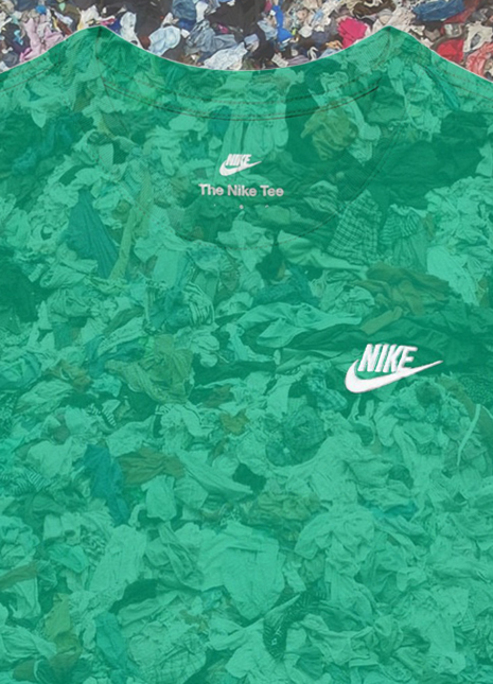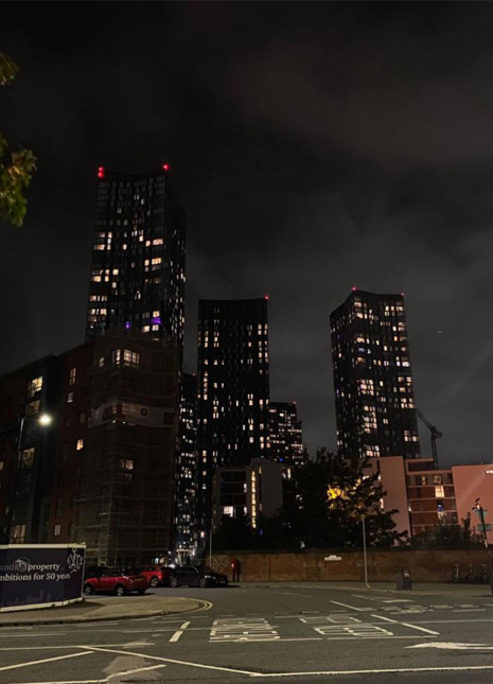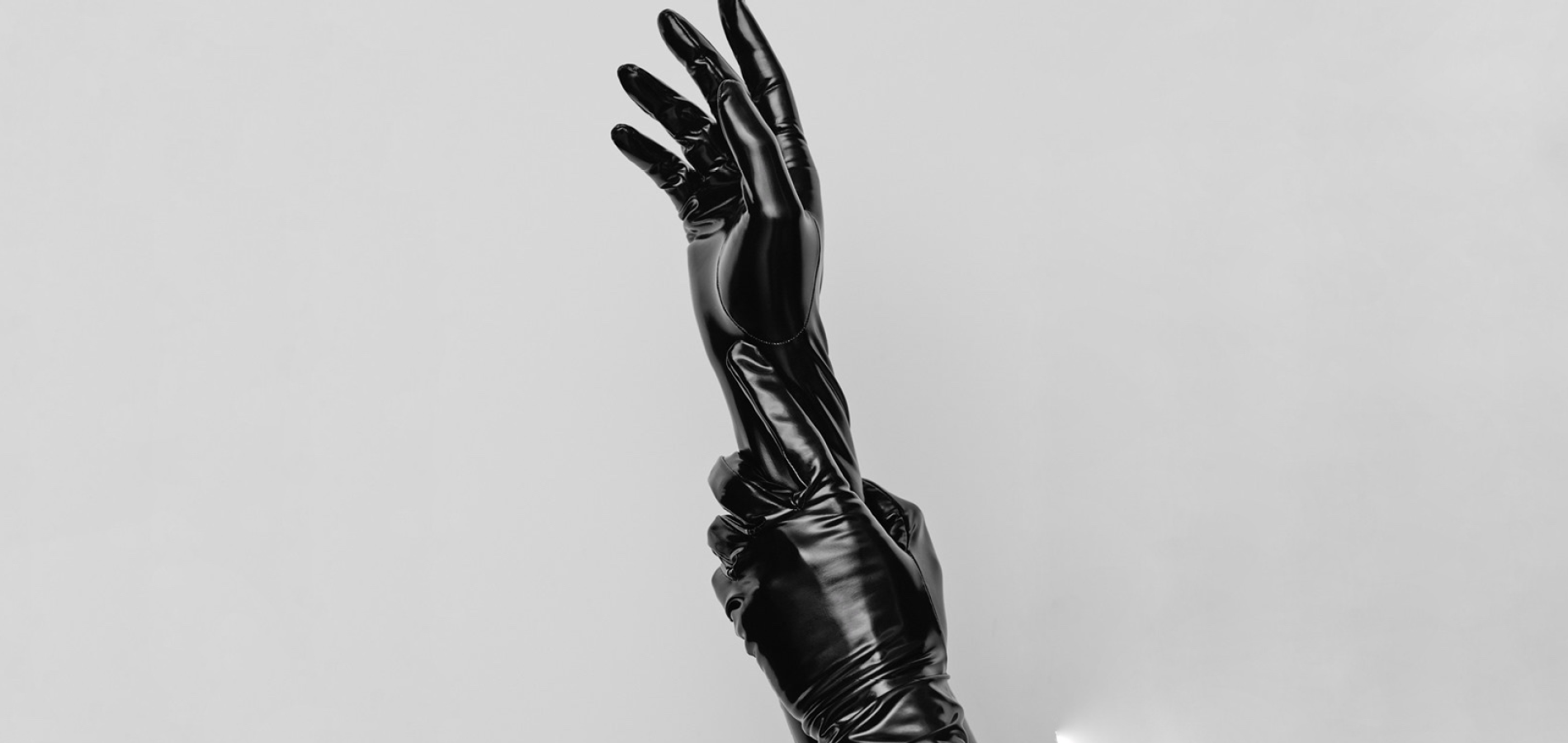
5 Vegan Leather Alternatives That Are Growing In Popularity
Leaves, Pineapples And More.
Not only the vegan food market is booming and steadily growing, but also the selection of vegan leather alternatives in the fashion industry. Did you know that you can produce leather from pineapples or mushrooms? We know… madness – and it looks more and more like real leather! Today we will present you our five favorites.
1. Piñatex
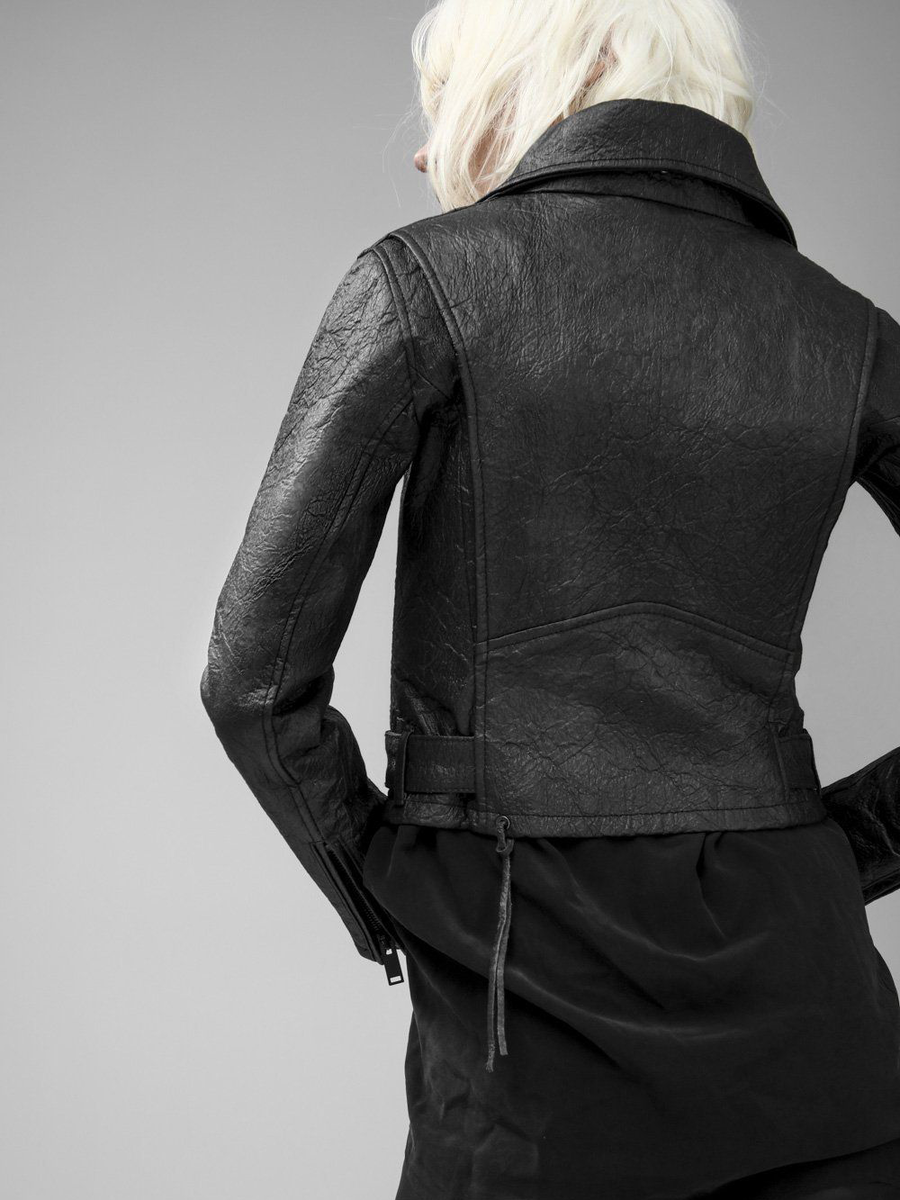
While many plant-based leather substitutes are still in the prototype phase, Piñatex has already been converted into commercially available products by the likes of H&M, Hugo Boss, HFS Collective and Canadian footwear brand Native Shoes.
The London-based startup behind Piñatex uses fiber of pineapple leaves, a byproduct of the pineapple harvest, aka food waste, which would otherwise be thrown away. This new innovation in technology is not only cruelty-free and more sustainable but also provides further income to farmers in pineapple growing countries like the Philippines.
Once the leaves are stripped of fiber, the remaining biomass is used as a fertilizer or biofuel. The fibers are then degummed and undergo an industrial process to become a kind of non-woven textile that forms the base of Piñatex. The material can now be produced in different thicknesses and colors, easily cut, sewed and printed.
2. Apple leather
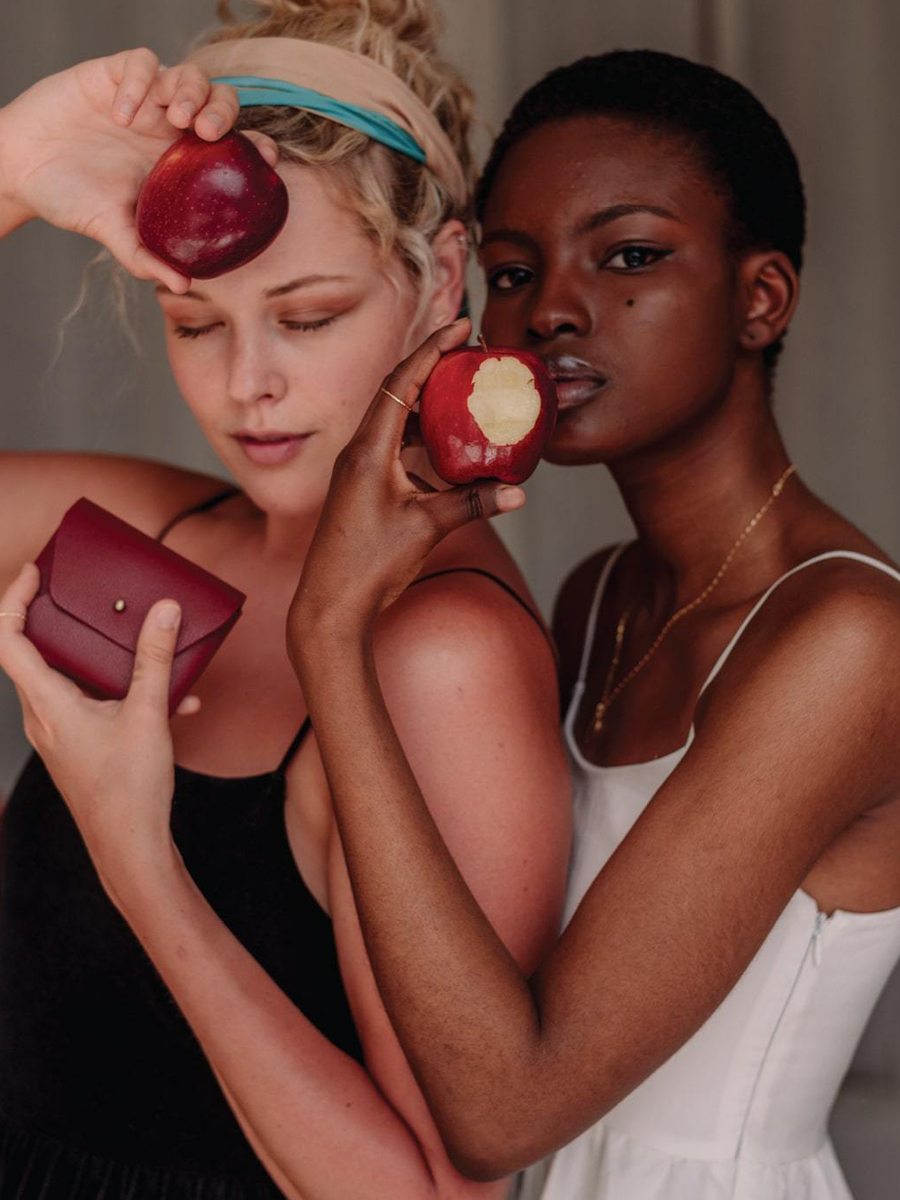
We stick to vegan leather alternatives but change the fruit – and yes even apples can be a leather look alike. Apple leather is made from waste recovered by the apple juice industry in Italy. The leftover pulp, which would otherwise be discarded, is recovered, dried and grounded to a very fine apple powder before getting applied onto a canvas. The result: An innovative cellulose-based material named AppleSkin which is eco-friendly, weather-resistant, and durable.
Brands that use AppleSkin: nuuwai, Alexandra K, Happy Genie
3. Cork leather
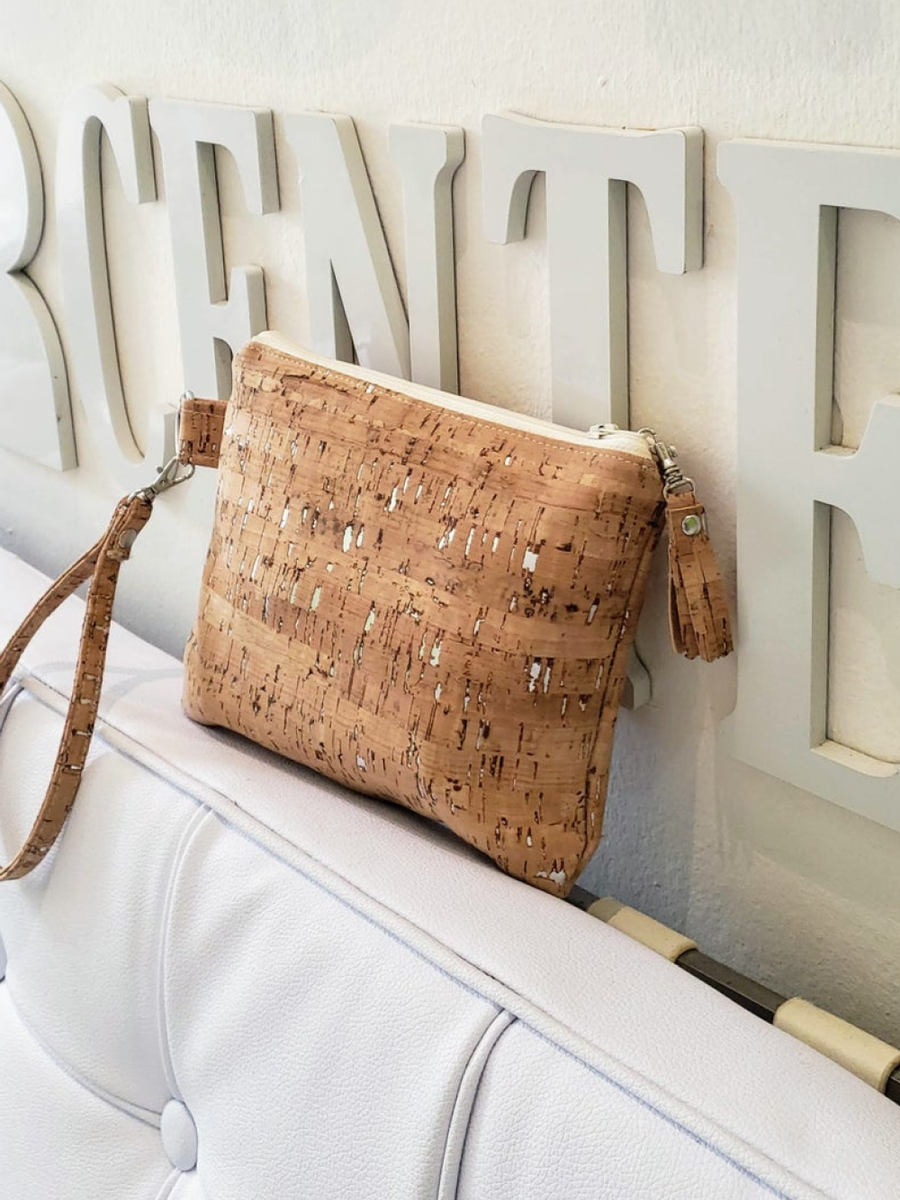
Cork is a forward-thinking fashion material and stands out thanks to its high durability, waterproofness, and unique look (even NASA uses it on their space shuttles). It is an excellent natural fiber from the cork oak trees, growing in Portugal, Spain, and North Africa.
And the good thing: Harvesting cork does not harm the cork oak in any way but instead helps the tree to enter a regeneration process, which extends its lifespan and increases its ability to absorb CO2. After being boiled and steamed without adding a bunch of chemical plasticizers, the cork is sliced into thin sheets and linked to a supporting fabric, ready for use to be made into beautiful bags, shoes, or clothes.
Brands that use cork: Rutz, Matt&Nat, Pelcor, StudioCork
4. Mushroom leather
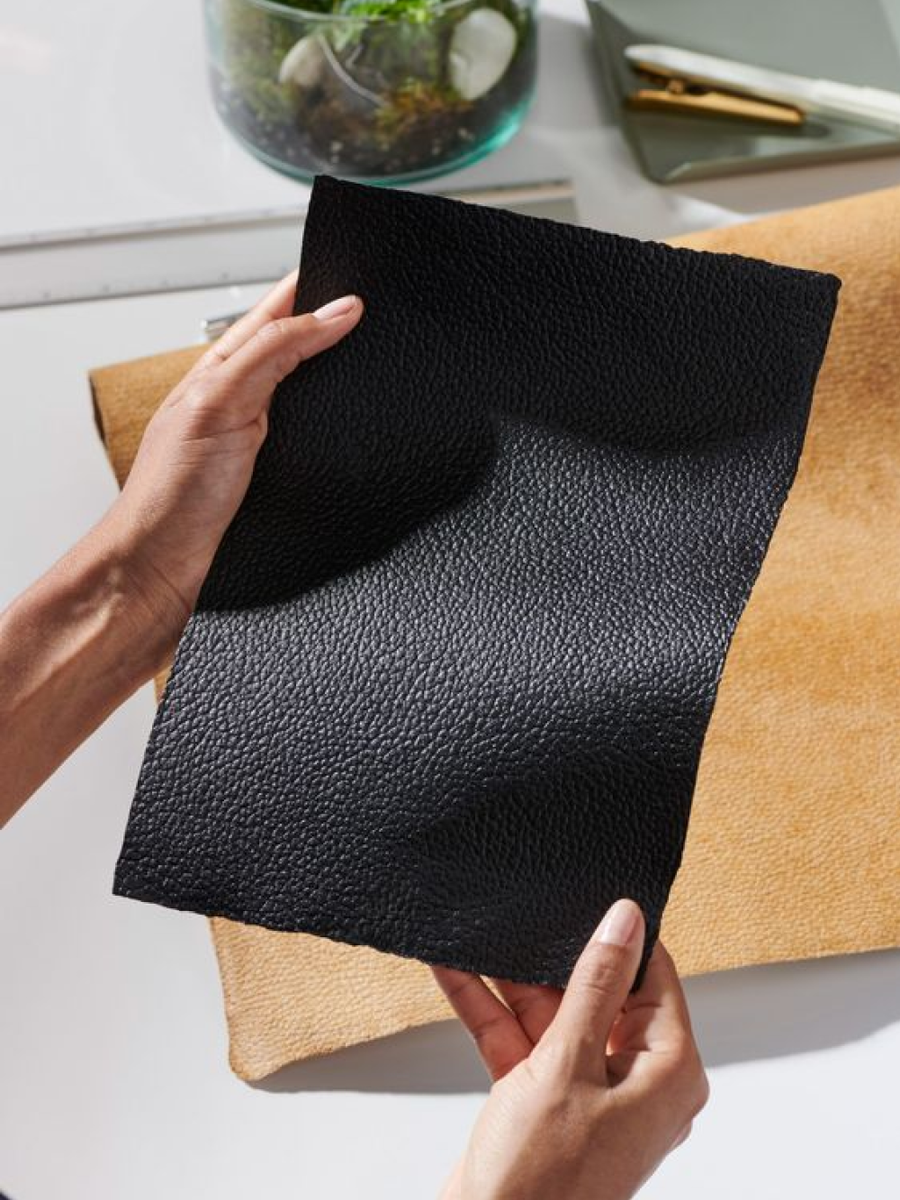
Mushroom leather has gained a lot of popularity in the fashion industry lately through its remarkably leather-like features. One of these newbies is Mylo, a unique material whose core ingredient is mycelium, the underground root structure of mushrooms. Mycelium cells are generated using a highly effective growing process that is intentionally designed to be low impact, taking less than two weeks to grow, emitting fewer CO2 emissions, and using less water and resources than traditional leather. At the end, you get a chemical free material that stands out for its lightweight, softness, water-resistance, and antibacterial characteristics that can be made into everything from bags to shoes and jackets.
By now, even major brands such as Adidas, Stella McCartney, Lululemon and Gucci's parent company Kering teamed up to invest in the material and have secured exclusive access to the material. Their first products are expected to hit the shelves later this year.
5. Leaf Leather
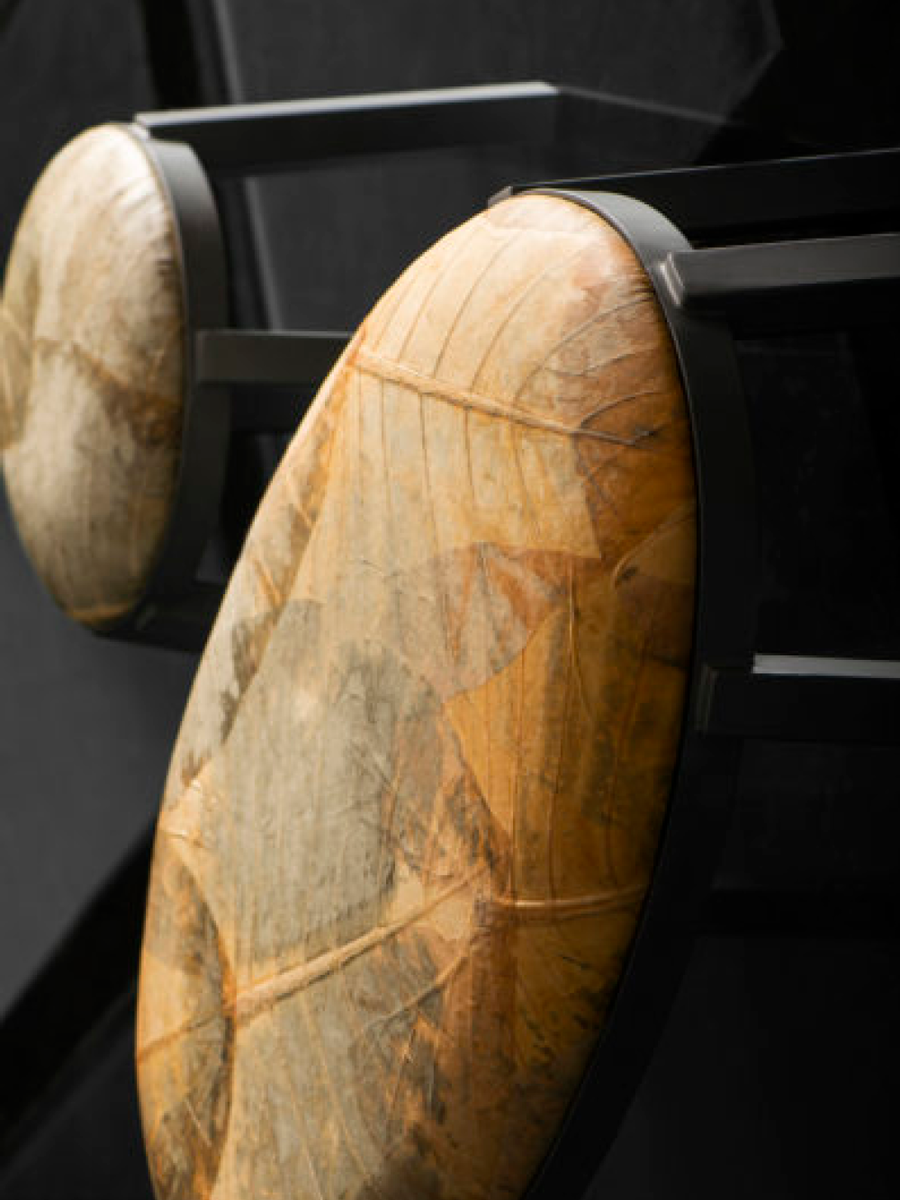
When you think of tree leaves, it probably never crossed your mind that this could be a durable alternative for leather. Believe it or not: It is! This production process is based on a traditional handmade art from Thailand, which involves harvesting fallen teak leaves. The leaves are soaked in water, dyed, and then arranged flat together, providing a large sheet of bonded leaves. Afterward, a non-toxic film is applied to preserve the leaves into fiber sheets, making them waterproof and robust. The unique part: Every piece of leaf leather is different, symbolizing the beauty in nature’s diversity.
Brands that use leave leather: Beleaf, Tree Tribe
Next up, The Perfect List Of Cruelty Free And Vegan Cleansers




